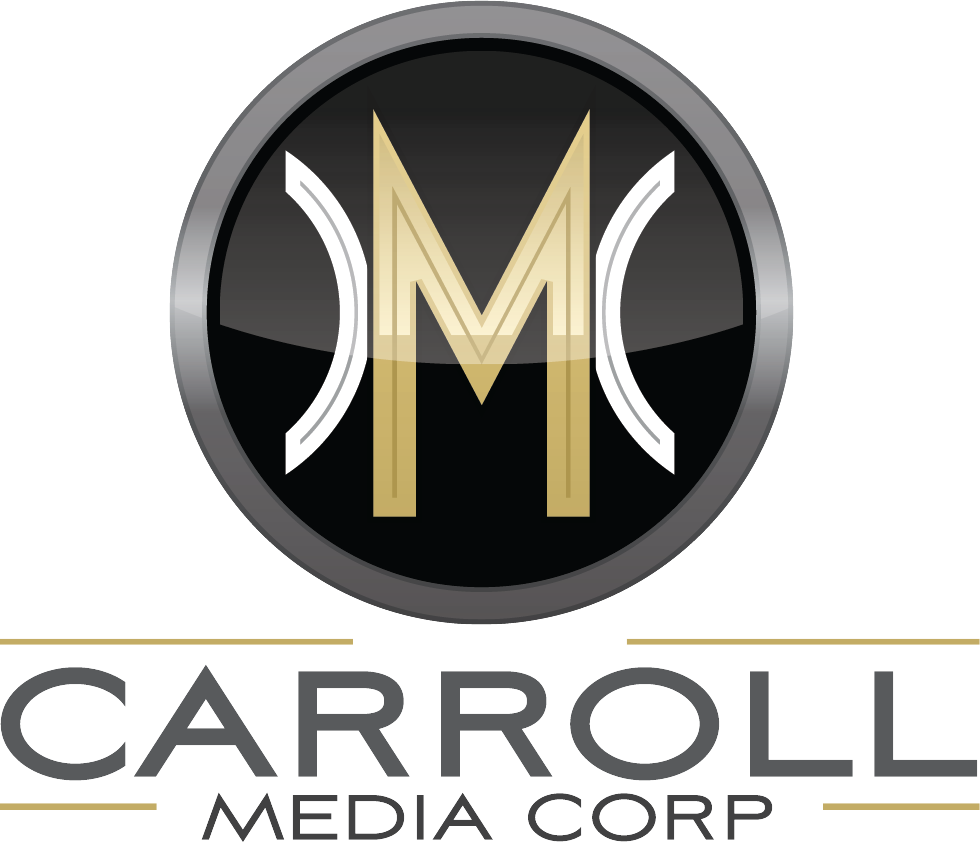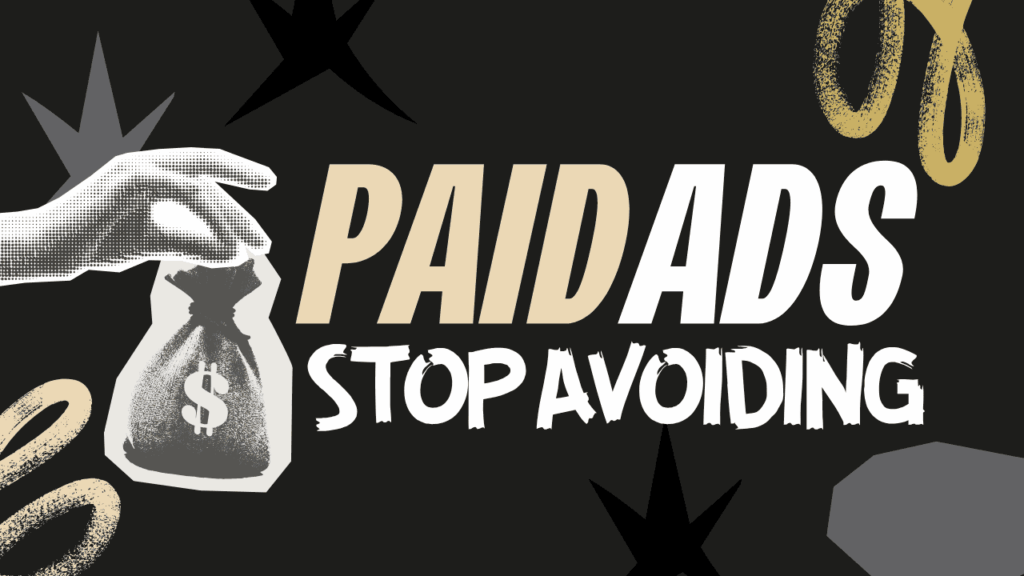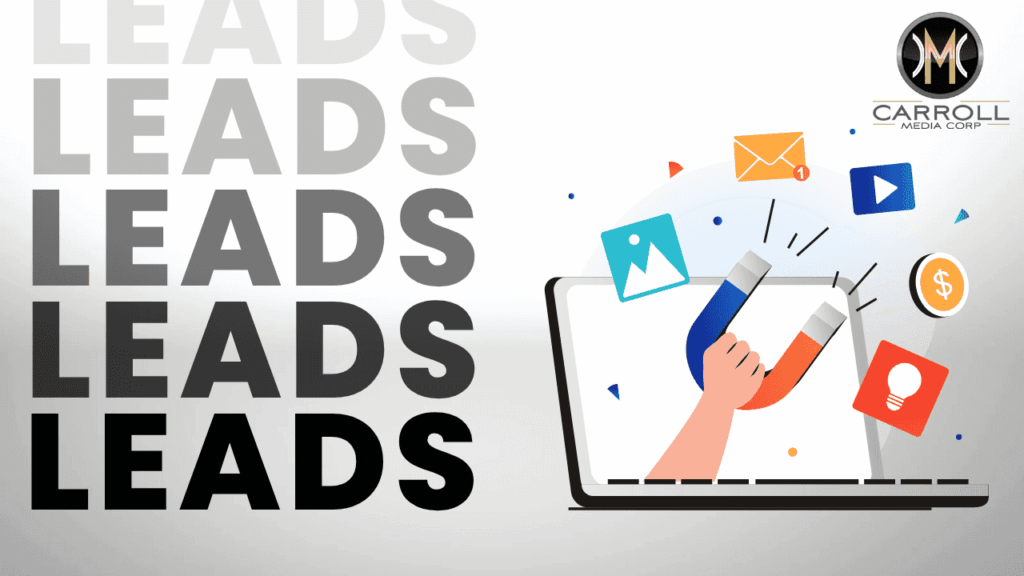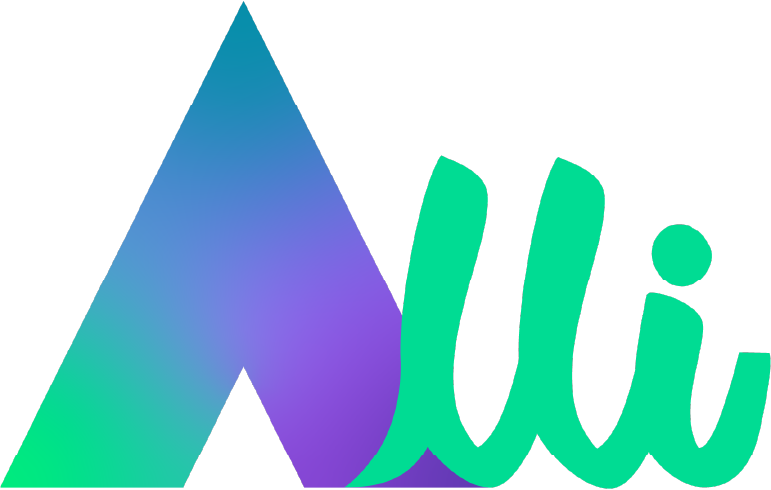We hear it constantly: “Is Facebook even still relevant?” or “Aren’t people just scrolling past ads these days?” In a world full of new platforms and changing attention spans, it’s easy to assume Meta (Facebook and Instagram) is old news. But the reality? Meta isn’t dead—it just demands a smarter strategy. When used intentionally, it’s still one of the most powerful and cost-effective tools for growing a business in 2025.
The key is understanding how the platform has evolved—and evolving your approach with it.
Meta Still Reaches More People Than Any Other Platform
Despite the buzz around TikTok, Threads, and whatever new app launches next week, Meta platforms continue to dominate when it comes to reach, engagement, and purchase intent. With over 3 billion users across Facebook and Instagram, your potential customers are still there—scrolling, watching, and yes, clicking.
Facebook continues to thrive in local communities and older demographics, while Instagram remains a go-to platform for visual discovery and product research. Whether you’re a service provider, local business, or personal brand, Meta gives you access to an audience that spans every generation and every buying stage.
But reach alone isn’t enough. You need the right message, for the right person, at the right time.
Strategy Is the Difference Between Results and Noise
Too many businesses treat Meta ads like a slot machine. They boost a random post, cross their fingers, and hope something happens. But guesswork doesn’t scale. Success on Meta in 2025 depends on clear strategy, not luck.
Winning ads aren’t just pretty—they’re purposeful. They’re created with a specific customer journey in mind. They start conversations, build interest, and drive action. You can’t just show up. You have to stand out.
And the best way to stand out? By aligning your ad content with where your customer is in the funnel—and testing continuously to refine your approach.
The Meta Algorithm Has Evolved—and That’s a Good Thing
Yes, Meta’s algorithm is more competitive than it used to be. But it’s also more intelligent. That means your content gets delivered to people who are actually likely to care—if you’ve set it up right.
Rather than blasting your ad to everyone, Meta now uses advanced behavior signals to segment and serve your ads to the most relevant audience. That’s a win for marketers who know how to use it. It’s no longer about showing up everywhere—it’s about showing up where it matters.
The businesses winning in 2025 are the ones who treat Meta like a performance engine, not a digital bulletin board. They test creative. They optimize messaging. They measure everything. They don’t guess—they iterate.
Meta doesn’t reward the loudest voice—it rewards the most consistent one.
The Power of Paid + Organic
The best Meta ads often start as organic content. Think testimonials, behind-the-scenes moments, or quick tips that performed well without a dollar behind them. These pieces already have proof—they resonate.
When you take your top-performing organic content and put ad dollars behind it, you get the benefit of trust and reach. It feels native, not forced. Relatable, not salesy. And that’s exactly what gets clicks in today’s feed.
If you’re already posting, you’re halfway there. The next step is turning that momentum into real marketing muscle.
One Follow-Up Isn’t Enough
The biggest reason businesses lose leads on Meta? They stop after the ad. One click, one form fill, one message—and that’s it. But that’s not how people buy. They need reminders. Repetition builds recognition, and recognition builds trust.
If you’re serious about converting Meta leads, you need a consistent follow-up system. Not one-off emails. Not the occasional call. A real system.
Here’s what that should include:
- A short, automated email series that adds value and guides the lead toward action
- A couple of SMS or Messenger touchpoints to stay top of mind where they already spend time
- Ringless voicemail to make it personal without being pushy
- Retargeting ads to reinforce your message and re-engage them over time
Your leads are busy. They’re distracted. Life gets in the way. A solid follow-up plan brings them back when they’re ready—and makes sure you’re the one they remember.
What It All Comes Down To
Meta is still one of the most powerful tools available to small businesses. But the era of winging it is over. If you’re still treating Meta like it’s 2018—boosting a post here and there, waiting for something to magically happen—it’s time to level up. With the right strategy, creative, and follow-up system, Meta doesn’t just work. It works better than ever.
Let’s build a campaign that actually performs in 2025.





